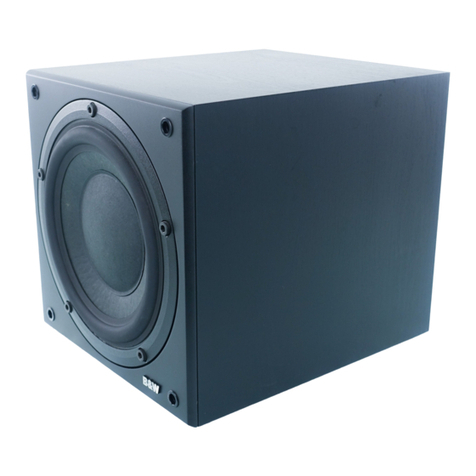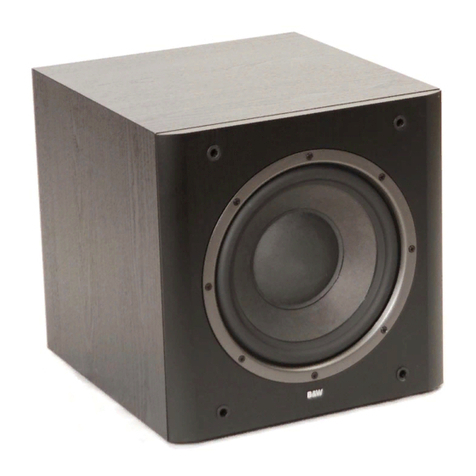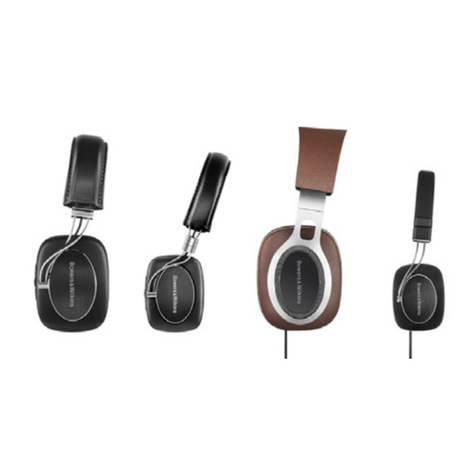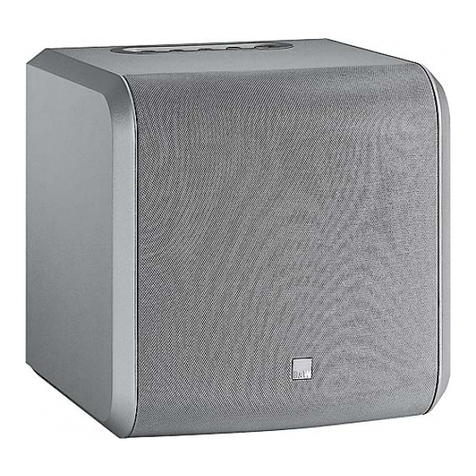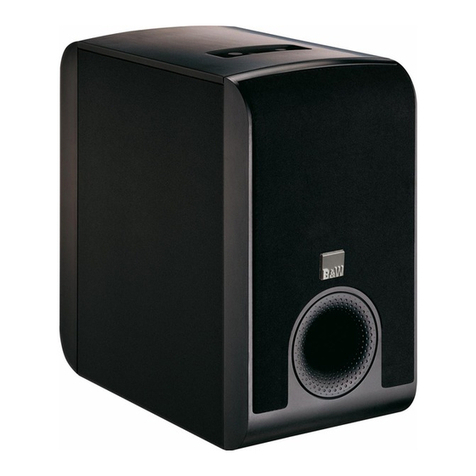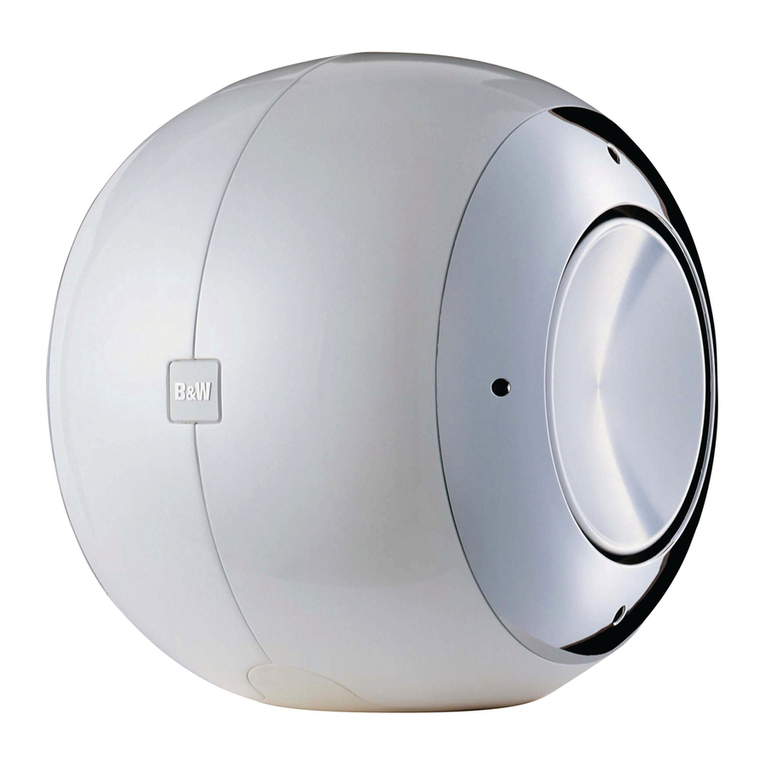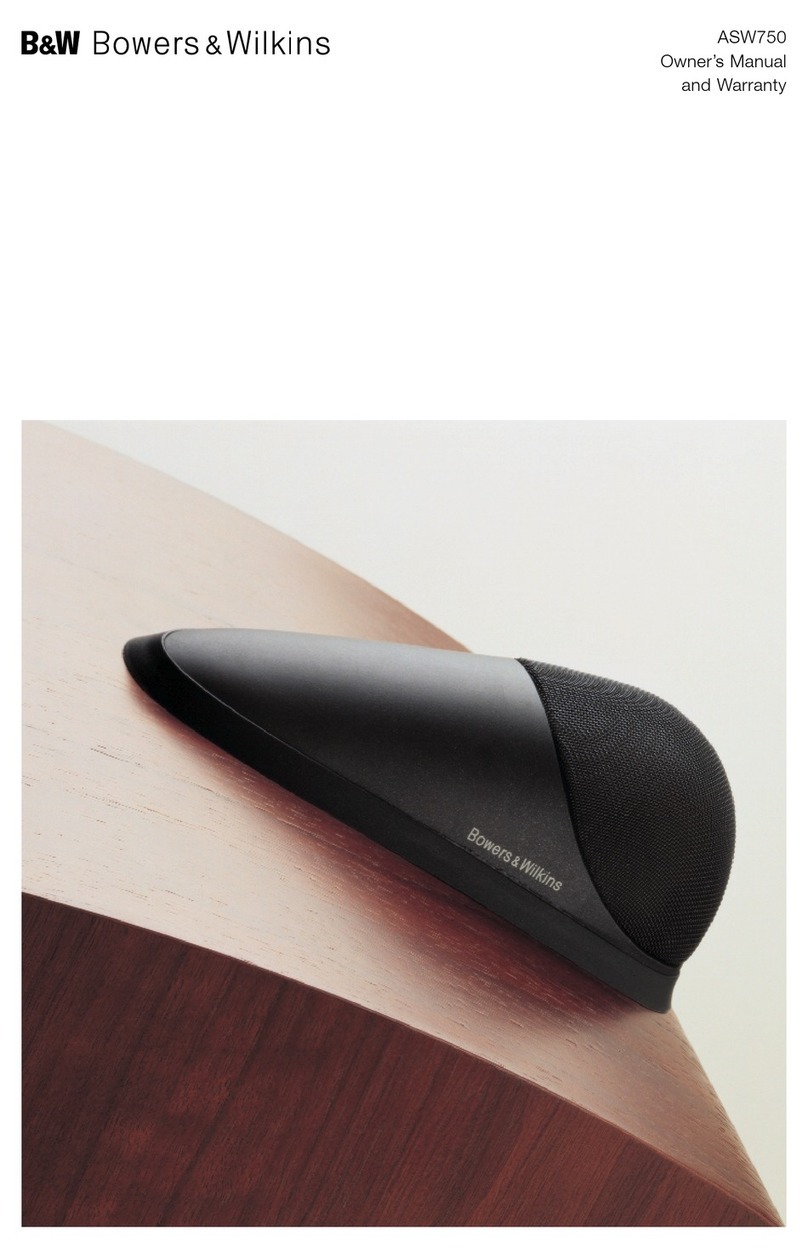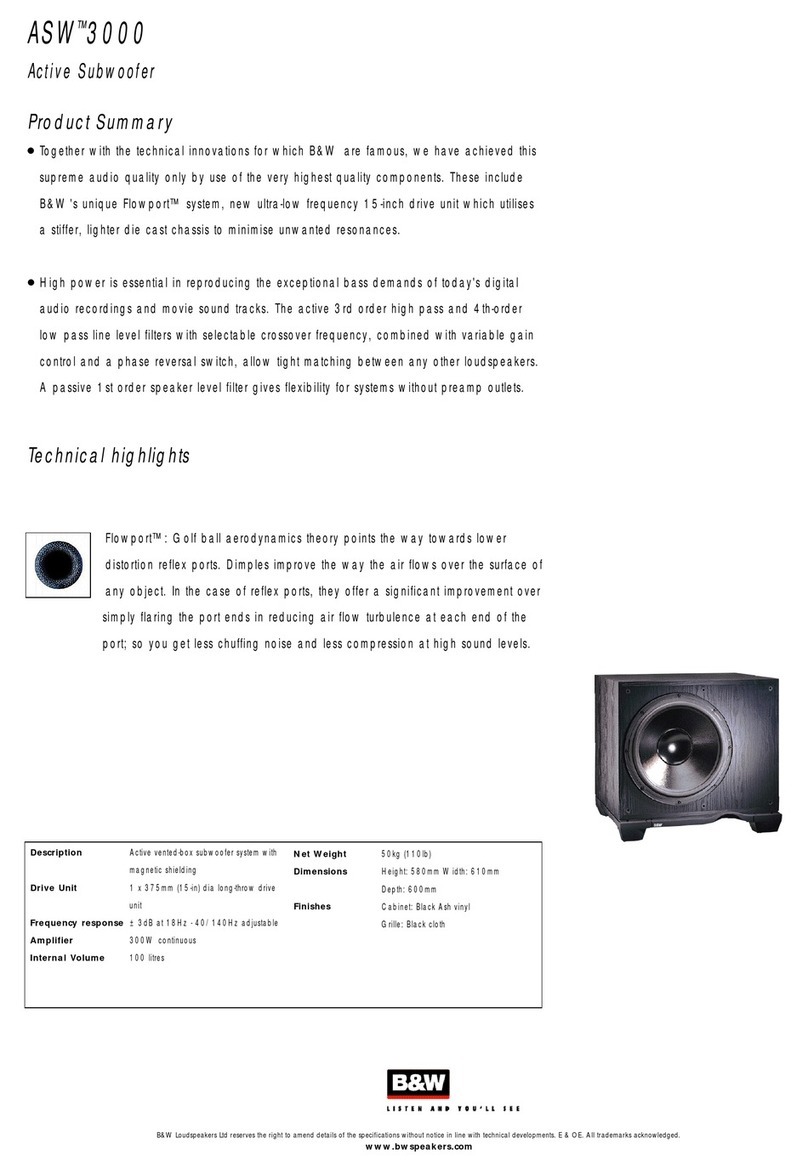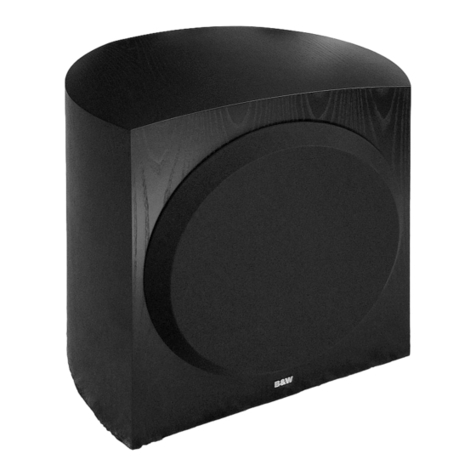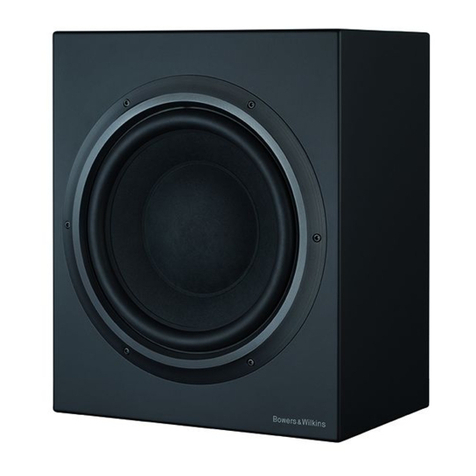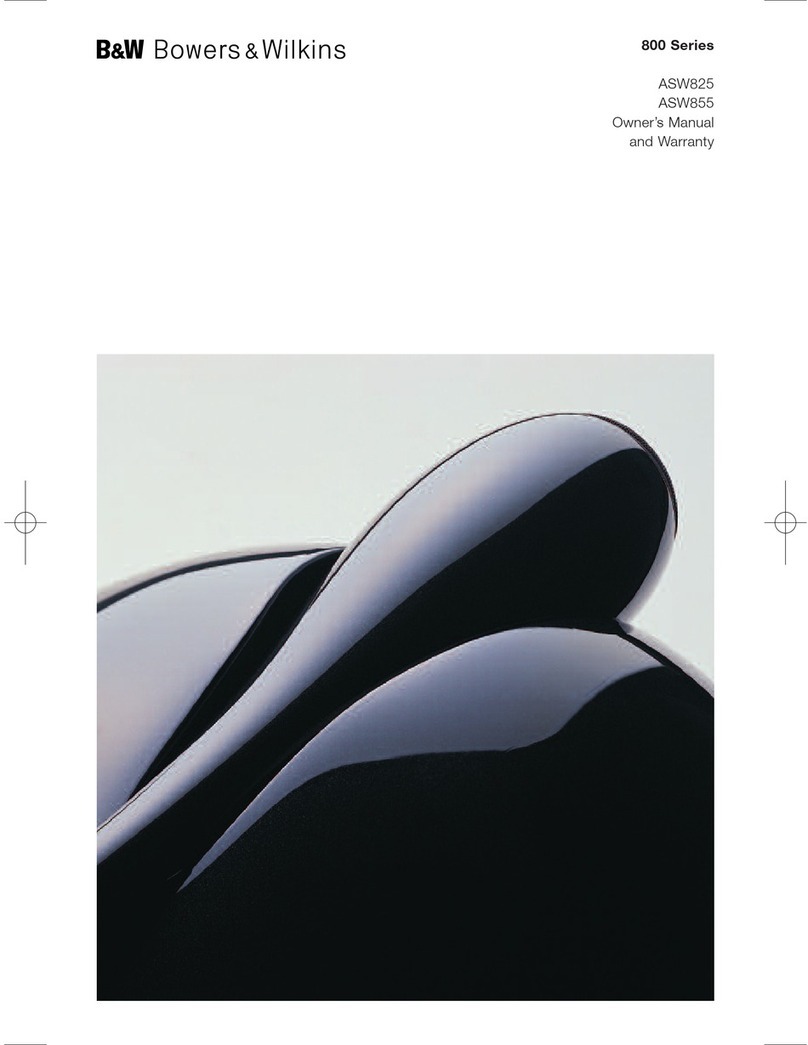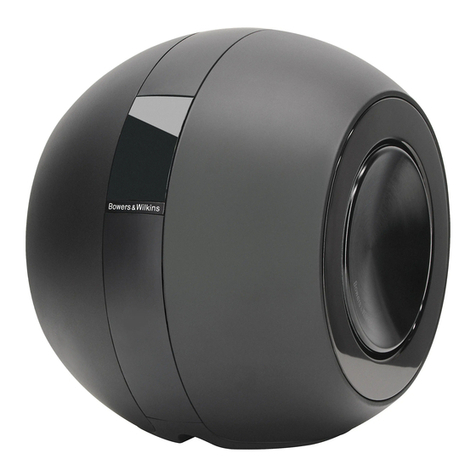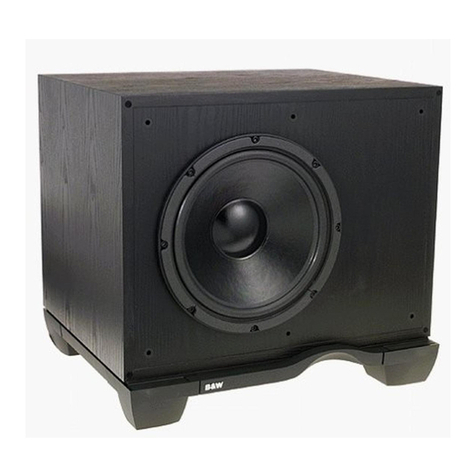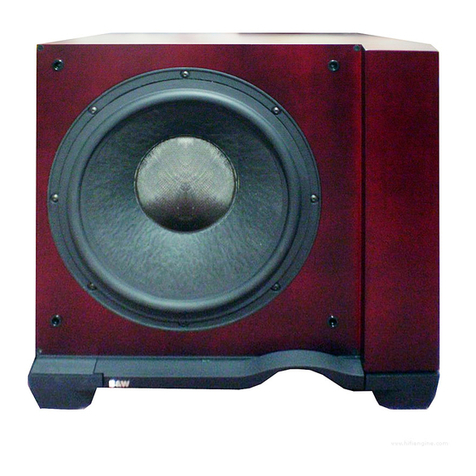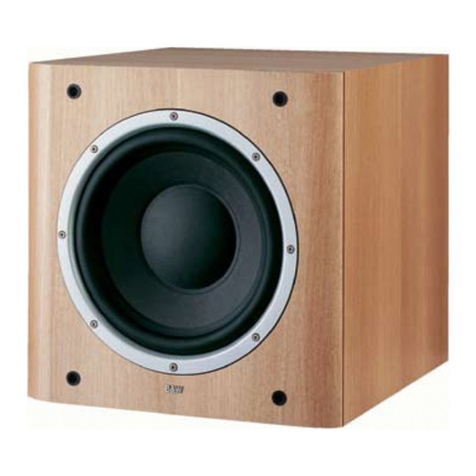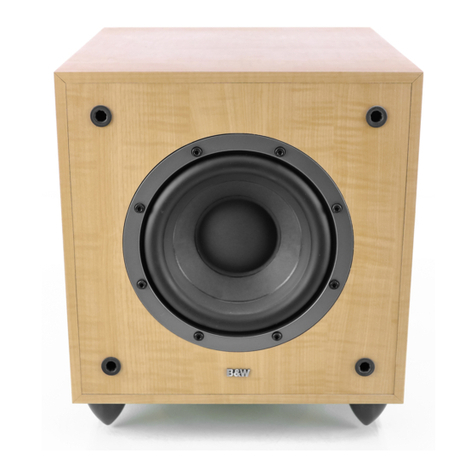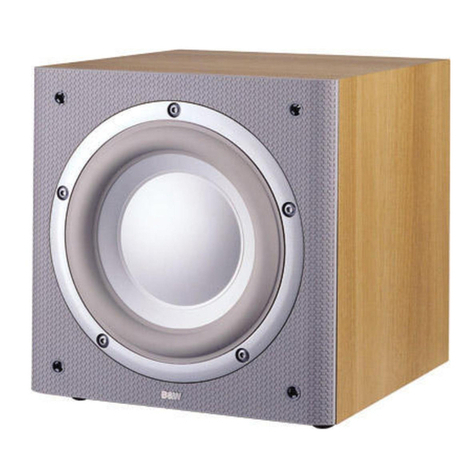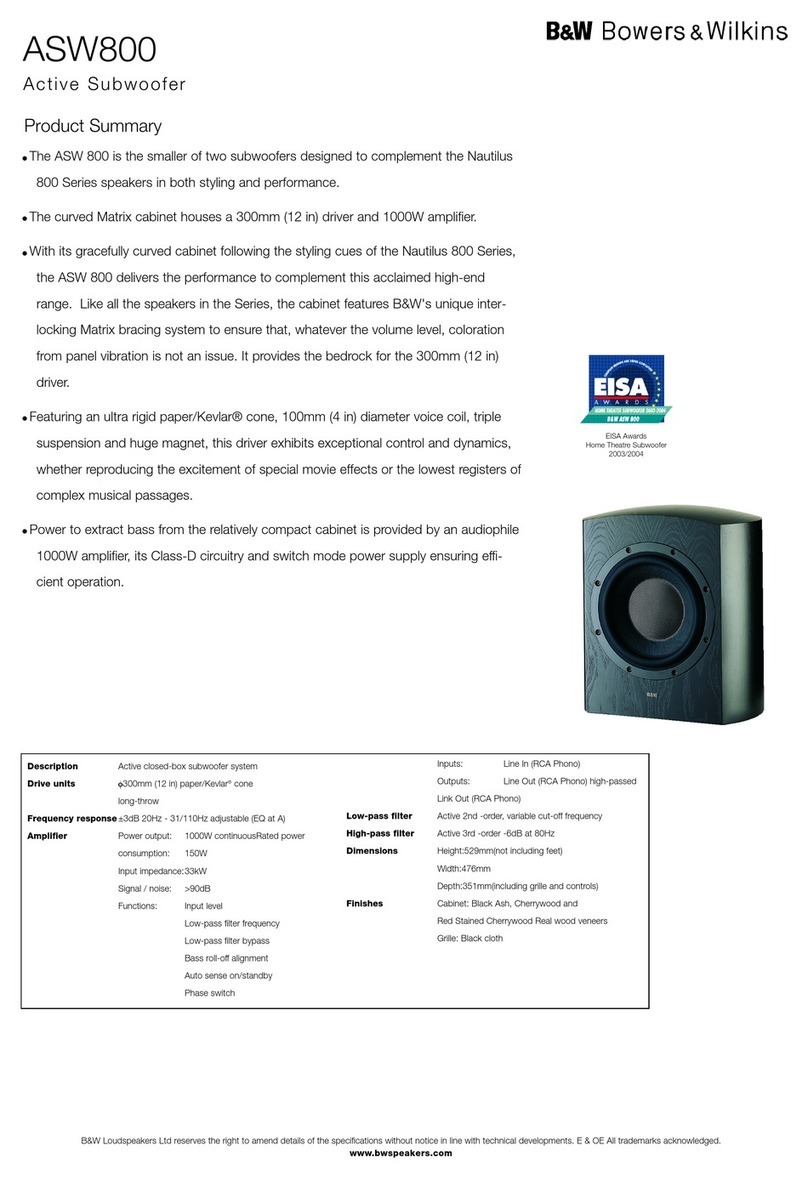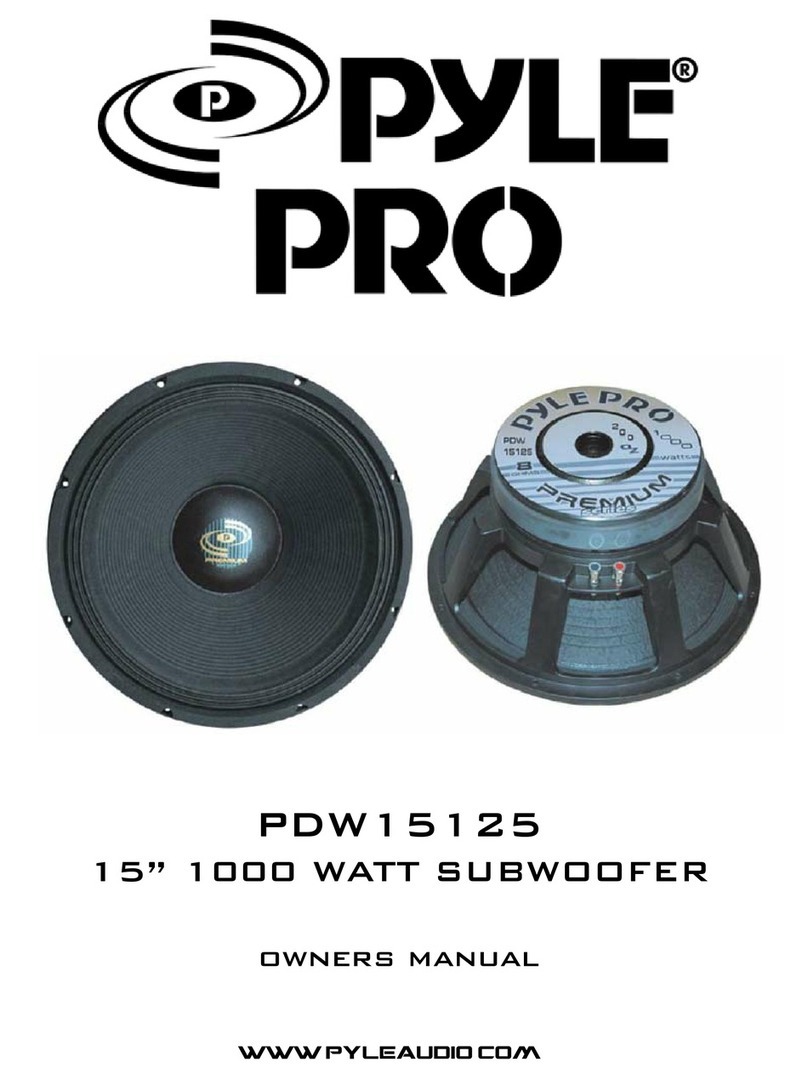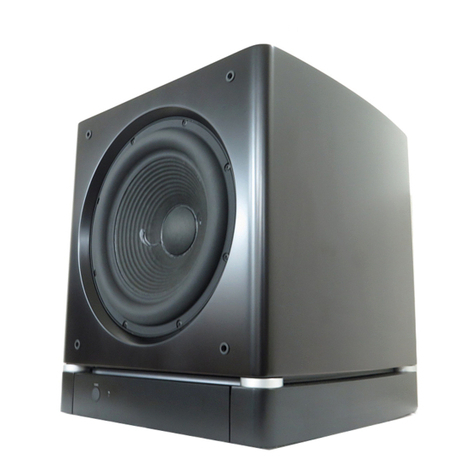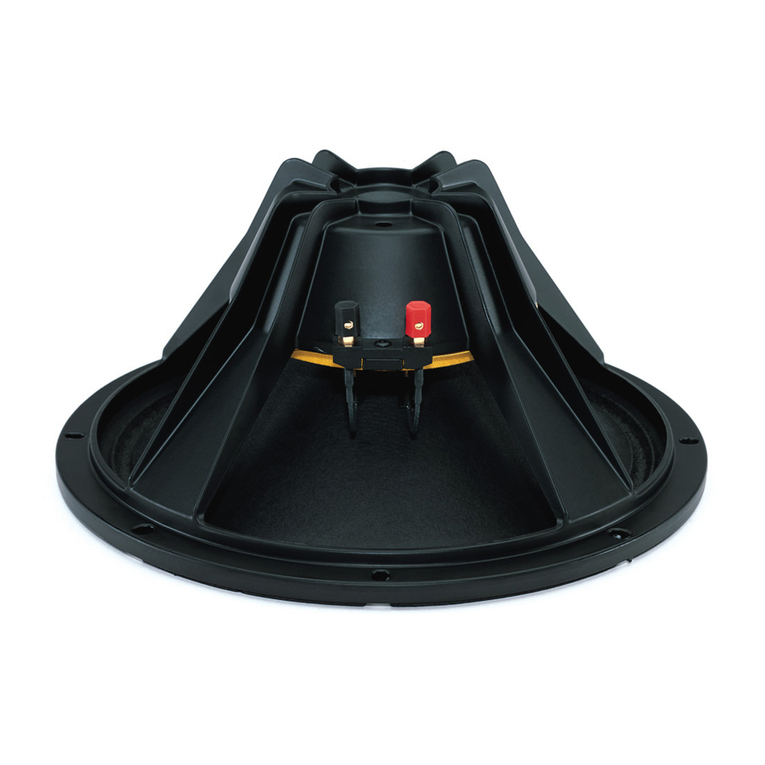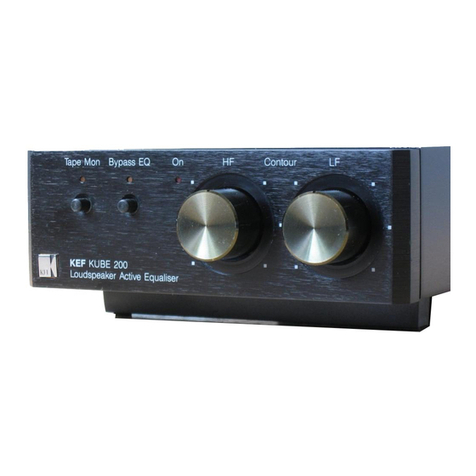1
IMPORTANT
SAFETY
INSTRUCTIONS
Caution:
To re uce the risk of electric shock, o not
remove the back panel an o not expose the
apparatus to rain or moisture. No user-
serviceable parts insi e. Refer servicing to
qualifie personnel.
Explanation of Graphical Sy bols:
The lightning flash within an
equilateral triangle is inten e to
alert you to the presence of
uninsulate “ angerous voltage”
within the pro uct’s enclosure that
may be of sufficient magnitu e to
constitute an electric shock to
persons.
The exclamation point within an
equilateral triangle is inten e to
alert you to the presence of
important operating an
maintenance (servicing) instructions
in the literature accompanying the
appliance.
WARNINGS:
1Read Instructions – All the safety an
operating instructions shoul be rea before
the appliance is operate .
2Retain Instructions – The safety an
operating instructions shoul be retaine for
future reference.
3Heed Warnings – All warnings on the
appliance an in the operating instructions
shoul be a here to.
4Follow Instructions – All operating an
use instructions shoul be followe .
5Installation – Install in accor ance with
the manufacturer's instructions.
6Power Sources – This pro uct shoul be
operate only from the type of power source
in icate by the marking situate on the rear
panel. If you are not sure of the type of
power supply to your home, consult your
pro uct ealer or local power company.
7Grounding or Polarisation – The
appliance is not require to be groun e .
Ensure the plug is fully inserte into the wall
outlet or extension cor receptacle to prevent
bla e or pin exposure. Some versions of the
pro uct are equippe with a power cor
fitte with a polarise alternating line plug (a
plug having one bla e wi er than the other).
This plug will fit onto the power outlet only
one way. This is a safety feature. If you are
unable to insert the plug fully into the outlet,
try reversing the plug. If the plug shoul still
fail to fit, contact your electrician to replace
your obsolete outlet. Do not efeat the safety
purpose of the polarise plug. When using
an extension power-supply cor or a power-
supply cor other than that supplie with the
appliance, it shoul be fitte with the
appropriate moul e -on plugs an carry
safety approval appropriate to the country of
use.
8Power Cord Protection – Power-supply
cor s shoul be route so that they are not
likely to be walke on or pinche by items
place on or against them, paying particular
attention to cor s at plugs, convenience
receptacles an the point where they exit
from the appliance.
9Overloading – Do not overloa wall
outlets, extension cor s or integral
convenience receptacles, as this can result in
a risk of fire or electric shock.
10 Ventilation – The amplifier panel at the
rear of the pro uct forms part of the cooling
mechanism an must not be obscure by
placing the pro uct on a be , sofa, rug, or
other similar surface. Do not cover the
amplifier panel with any items such as
tablecloths, newspapers, etc. Ensure the heat
sink fins are aligne vertically to ensure
proper cooling. There shoul be a clear gap
of at least 50mm (2-in) between the back of
the pro uct an any wall or partition. If the
pro uct is place in a built-in installation,
such as a rack, bookcase or cabinet, proper
provision for air to circulate must be
provi e , either by a) 12mm (1
/2-in) clear
gap roun the top, si es an bottom of the
pro uct venting into the room or b) two ucts
of 150 sq cm (24 sq in) minimum cross
section from the room lea ing to slots
300mm (12-in) wi e x 50mm (2-in) eep at
top an bottom of the compartment, in line
with the gap behin the pro uct.
11 Heat – The pro uct shoul be situate
away from heat sources such as ra iators,
heat registers, stoves, or other pro ucts
(inclu ing amplifiers) that pro uce heat. No
nake flame sources, such as lighte
can les, shoul be place on the apparatus.
12 Wall or Ceiling Mounting – The
pro uct shoul be mounte to a wall or
ceiling only as recommen e by the
manufacturer.
13 Water and Moisture – To re uce the risk
of fire or electric shock, o not expose the
pro uct to rain or excessive moisture such as
in a sauna or bathroom. Do not use this
pro uct near water – for example, near a
bathtub, washbowl, kitchen sink, laun ry
tub, in a wet basement, or near a swimming
pool an the like.
14 Object and Liquid Entry – Never push
objects of any kin into this pro uct through
openings, as they may touch angerous
voltage points or short out parts that coul
result in a fire or electric shock. Never spill
liqui of any kin on the pro uct. Do not
place any object containing liqui on top of
the pro uct.
15 Cleaning – Unplug the pro uct from the
wall outlet before cleaning. The cabinet of
the subwoofer may be cleane by usting
with a ry cloth. If you wish to use an
aerosol cleaning spray, o not spray irectly
on the cabinet; spray onto the cloth. Remove
the grille first so that the cloth oes not
become staine , but be careful not to isturb
the rive unit. The grille itself may be
cleane using a soft brush.
16 Attachments – Do not use attachments not
recommen e by the pro uct manufacturer,
as they may cause hazar s.
17 Accessories – Do not place this pro uct
on an unstable cart, stan , tripo , bracket or
table. The pro uct may fall, causing serious
injury to a chil or a ult, an serious
amage to the pro uct. Use only with a
cart, stan , tripo , bracket or table
recommen e by the manufacturer or sol
with the pro uct. Any mounting of the
pro uct shoul follow the manufacturer’s
instructions an shoul use a mounting
accessory recommen e by the
manufacturer.
18 Moving the appliance – A pro uct an
cart combination shoul be move with
care. Quick stops, excessive
force an uneven surfaces may
cause the pro uct an cart
combination to overturn. Check
that there are no cables un er
the carpet that may be amage by the
spike feet. Do not walk the pro uct on the
spike feet as this may cause them to become
etache from the cabinet an cause
amage. Take care not to impale yourself
with the spike feet.
19 Non-use Periods – The power cor of
the appliance shoul be unplugge from the
outlet uring lightning storms or when the
apparatus is left unuse for a long perio of
time.
20 Servicing – Do not attempt to service this
pro uct yourself, as opening or removing
covers may expose you to angerous
voltage or other hazar s. Refer all servicing
to qualifie service personnel.
21 Damage Requiring Service – Unplug
this pro uct from the wall outlet an refer
servicing to qualifie personnel un er the
following con itions:
a When the power-supply cor or plug has
been amage .
b If liqui has been spille or objects have
fallen into the appliance.
c If the pro uct has been expose to rain or
water.
If the pro uct oes not operate normally
by following the operating instructions.
CAUTION
RISK OF ELECTRIC SHOCK
DO NOT OPEN
